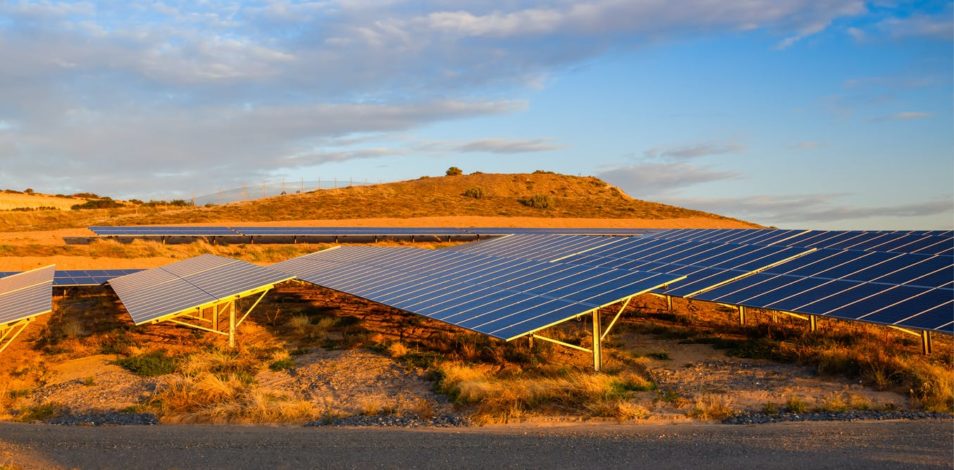A new report released by Australia’s national science agency, the CSIRO, shows that renewables, led by solar and onshore wind, remain the cheapest form of new-build power generation in Australia even after including transmission and storage costs needed to manage their variable output.
The 2023-24 GenCost draft report, an annual collaboration between the CSIRO and the Australian Energy Market Operator (AEMO), shows that new build costs across the board have generally stabilised since the 20% increase reported last year, albeit with some outliers.
The cost of large-scale PV generation fell by 8%, while onshore wind rose by the same proportion. Battery costs were steady, rising only 2%, offshore wind decreased by 9%, and the cost of gas turbine technologies increased by 14%.
Costs for technologies such as pumped hydro, wave and tidal energy increased after not been updated in more than a year, reflecting a combination of new information and inflationary pressures.
Nuclear small modular reactors (SMRs) emerged as the highest-cost technology explored in the report with the CSIRO suggesting it will take another 15 years before the first one could be built.
The report reveals that utility-scale solar and onshore wind costs, including transmission and storage, are two to seven times cheaper than new coal and small modular nuclear reactors.

The CSIRO said the drafting considers inputs sourced on real-time engineering and construction cost data points in Australia, as well as overseas parallels, information from equipment manufacturers, software and literature.
Popular content
The new report also incorporates pre-2030 integration costs, such as storage and transmission for variable renewables in the levelized cost of electricity (LCOE) data. This addresses the concern that leaving out pre-2030 projects underestimates the cost of the renewable transition.
While the change has led to higher cost estimates, variable renewables were still found to have the lowest cost range of any new-build technology.
Australian Energy Minister Chris Bowen said the report reaffirms that “renewable energy is the cheapest form of energy in Australia now and in 2030, even when accounting for storage and transmission costs.”
“Its conclusions this year are unimpeachable and very, very clear,” he said. “The cheapest form of energy is renewable energy, even including the costs that go with renewable energy around storage and transmission. Even including those costs, it’s very, very clear renewable energy is the cheapest.”
CSIRO Director of Energy Dietmar Tourbier said the report is one of several economic analysis documents designed to help the Australian energy market plan for future electricity generation, with technology costs a crucial piece of the larger puzzle.
“GenCost uses the best available data in each cycle to provide important insights into our electricity market that are unbiased and up to date,” he said. “As we work to reduce our emissions, GenCost plays a pivotal role in guiding decision-makers to plan and build reliable, low-cost energy solutions that will help power the future of Australia.”
The draft report is open for consultation until 9 February 2024 with the final GenCost 2023-24 report expected to be released in the second quarter of 2024.
This content is protected by copyright and may not be reused. If you want to cooperate with us and would like to reuse some of our content, please contact: editors@pv-magazine.com.



1 comment
By submitting this form you agree to pv magazine using your data for the purposes of publishing your comment.
Your personal data will only be disclosed or otherwise transmitted to third parties for the purposes of spam filtering or if this is necessary for technical maintenance of the website. Any other transfer to third parties will not take place unless this is justified on the basis of applicable data protection regulations or if pv magazine is legally obliged to do so.
You may revoke this consent at any time with effect for the future, in which case your personal data will be deleted immediately. Otherwise, your data will be deleted if pv magazine has processed your request or the purpose of data storage is fulfilled.
Further information on data privacy can be found in our Data Protection Policy.